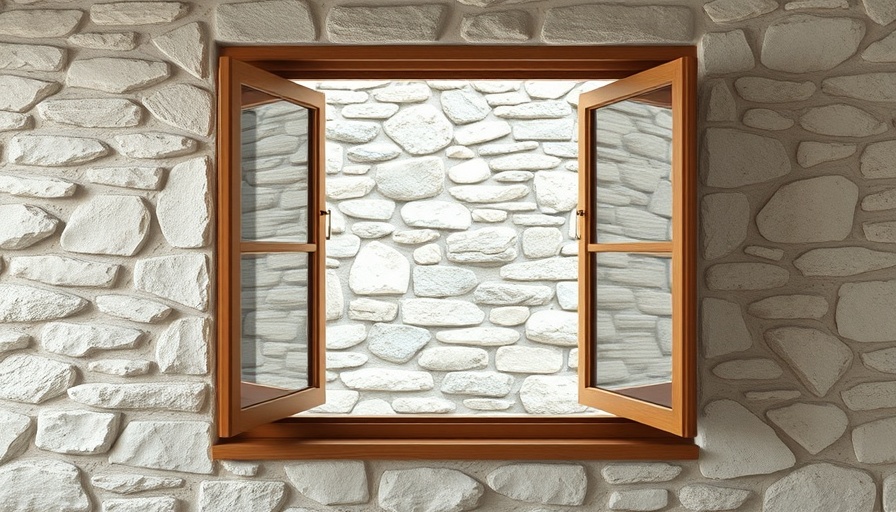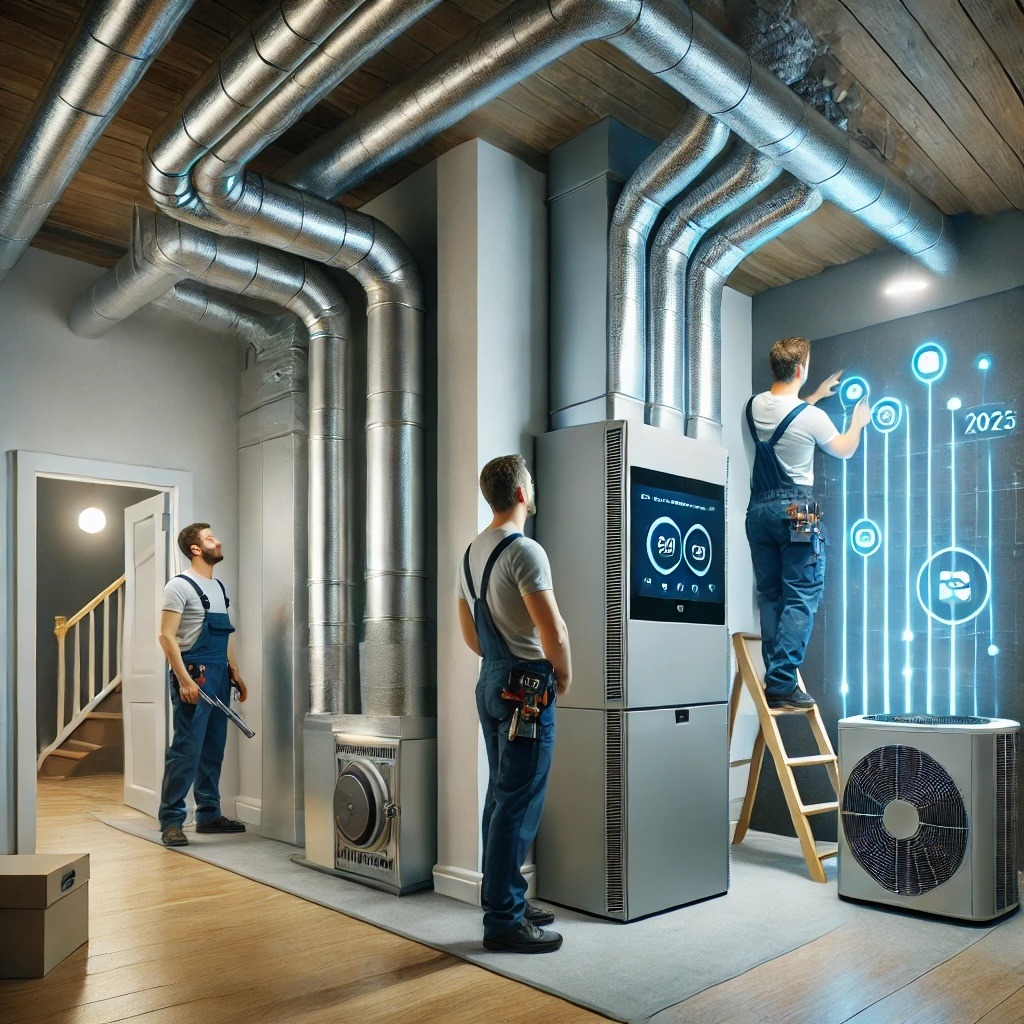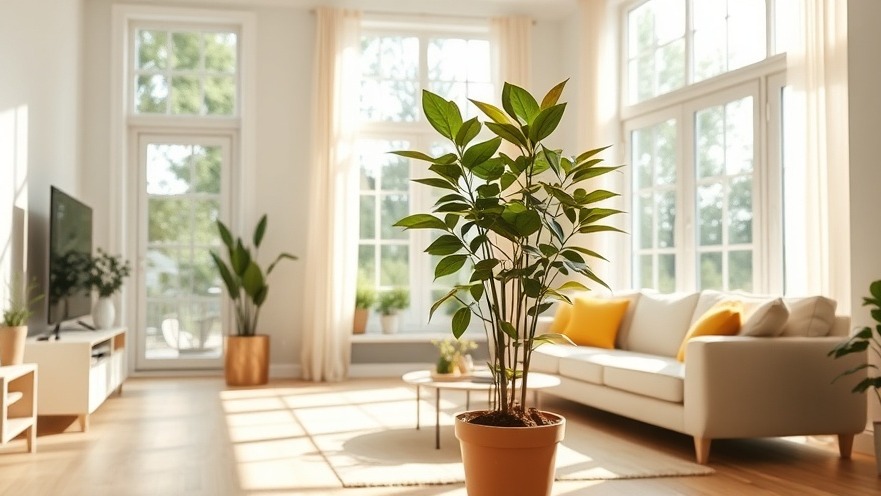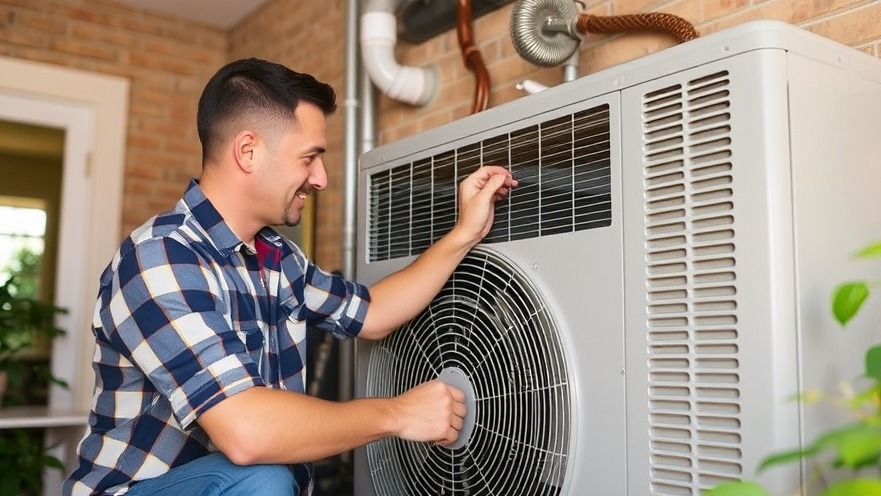
Understanding Casement Windows: The Perfect Fit for Your Basement
When it comes to renovating your home, especially spaces like the basement, the type of windows you choose can significantly impact both aesthetics and functionality. Casement windows, particularly egress versions, are renowned for their ability to enhance ventilation while providing a classic look. Their unique design promotes considerable airflow and fresh air, making them an ideal choice for homeowners eager to create inviting spaces.
Materials and Flexibility: Options for Every Style
Casement windows are available in various materials including wood, fiberglass, and vinyl. This assortment allows homeowners to select windows that align with their specific style preferences and budgets. Notably, while the aesthetic and functional benefits are important, casement windows also boast energy-saving features, which can lead to reduced utility costs over time.
Inswing vs. Sliding Casement Windows: Pros and Cons
There are two main styles of casement windows to consider: inswing and sliding. Inswing casement windows open inward, making them an excellent option for basements where exterior space is restricted. This inward-opening feature is beneficial in snowy conditions, as it avoids getting blocked or impacted by accumulated snow outside. Inswing windows are also more secure since they are harder to force open from outside, providing peace of mind for homeowners.
Pros & Cons of Inswing Windows
Every window type has its advantages and considerations. Here’s a breakdown:
- Pros: Excellent airflow, enhanced security, robust construction, and easy cleaning due to their design.
- Cons: Require clear space inside for the swing, and maintenance of the crank mechanism can be necessary for longevity.
Sliding Casement Windows: A Modern Take
On the other hand, sliding egress windows, or horizontal sliding windows, present a stylish alternative. These windows operate by sliding open along a track, usually comprising one fixed and one moving pane. While they offer a modern look and are easy to clean, sliding windows have limitations in ventilation compared to their inswing counterparts.
Comparative Benefits: Efficient Ventilation and Aesthetics
Both window types provide unobstructed views, yet the performance varies significantly. According to experts, casement windows excel when it comes to energy efficiency. They seal tightly and reduce air leaks substantially more than sliding windows, making them a preferable option for energy-conscious homeowners wanting to optimize heating and cooling.
Future Trends: What to Expect from Window Technologies
Given the ongoing focus on energy efficiency in home design, future innovations in window technology will likely enhance the benefits already offered by casement and sliding models. Homeowners can anticipate features such as improved natural lighting, enhanced security measures, and energy-saving technologies that align with sustainable living trends.
Final Thoughts: Making the Right Choice
When choosing between casement and sliding windows, assess factors like the intended location, desired ventilation, maintenance, and budget implications. Although sliding windows may be more affordable upfront, the long-term benefits of casement windows can ultimately lead to greater satisfaction and cost savings.
Incorporating new windows into your home renovation is an investment that pays dividends in comfort, safety, and energy efficiency. As you plan your project, consider reaching out to local professionals who can provide insight tailored to your specific home needs.
 Add Row
Add Row  Add
Add 




Write A Comment